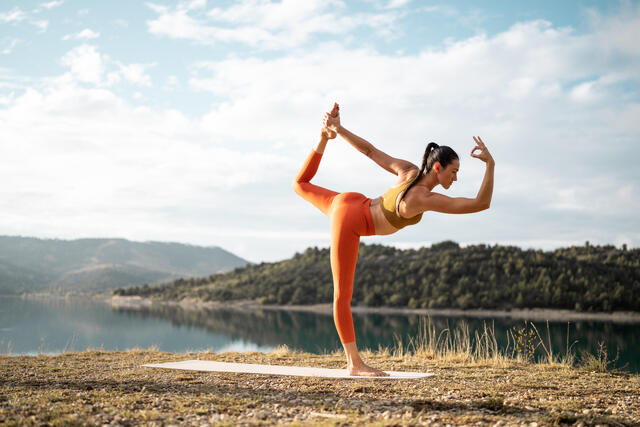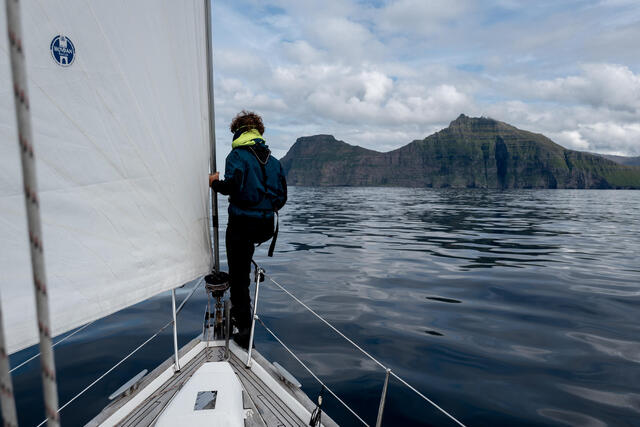Skiing in December
If you’re new to skiing, the first few weeks of the ski season are some of the quietest, so you’ll have plenty of space on the slopes to learn. Though snow conditions can be less reliable in December, so it’s wise to choose a high-altitude resort to get the best cover. Val Thorens in France is a good option. At 2,300m, it’s Europe’s highest ski resort, and a safe bet for December skiing. Skiing at Christmas is also a great way to get into the festive spirit, with decorations, twinkling lights, and markets selling local crafts and treats. Plus, with fireworks displays and light shows, it sure is a magical time to enjoy a family ski break.






























